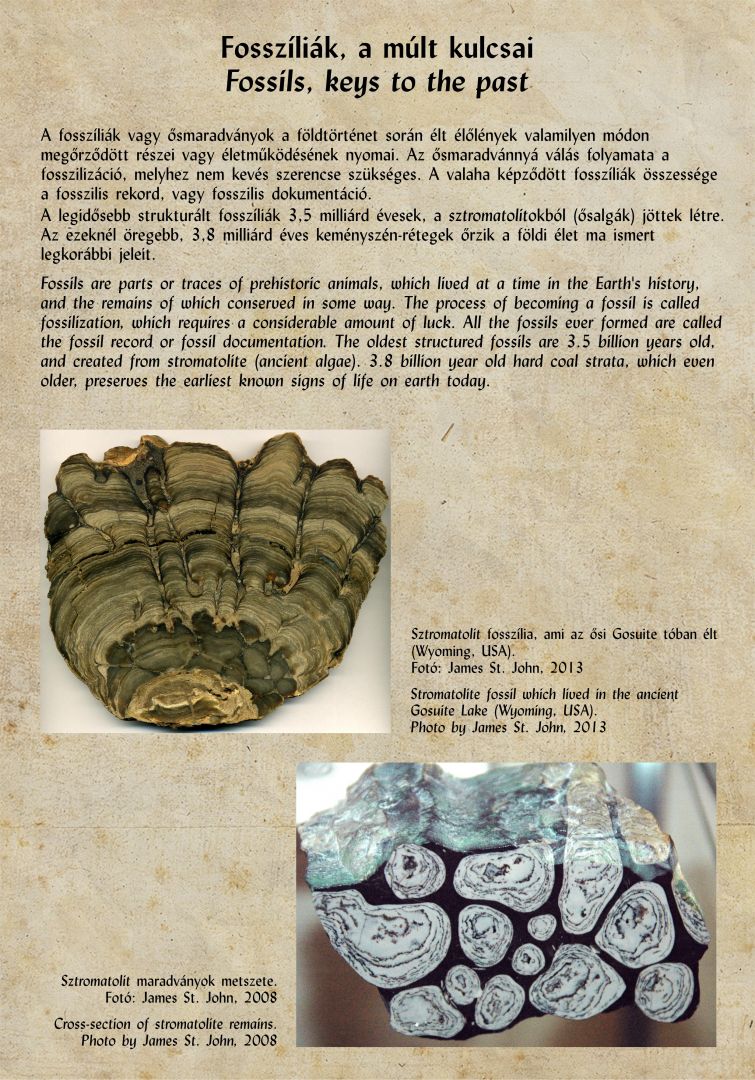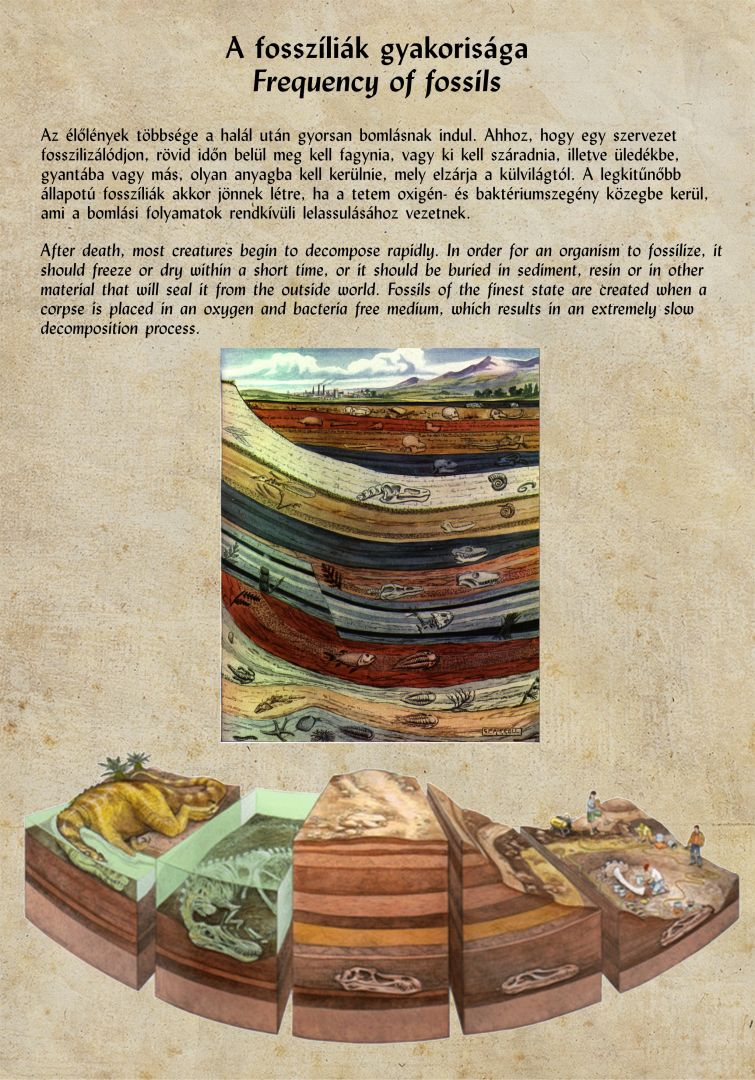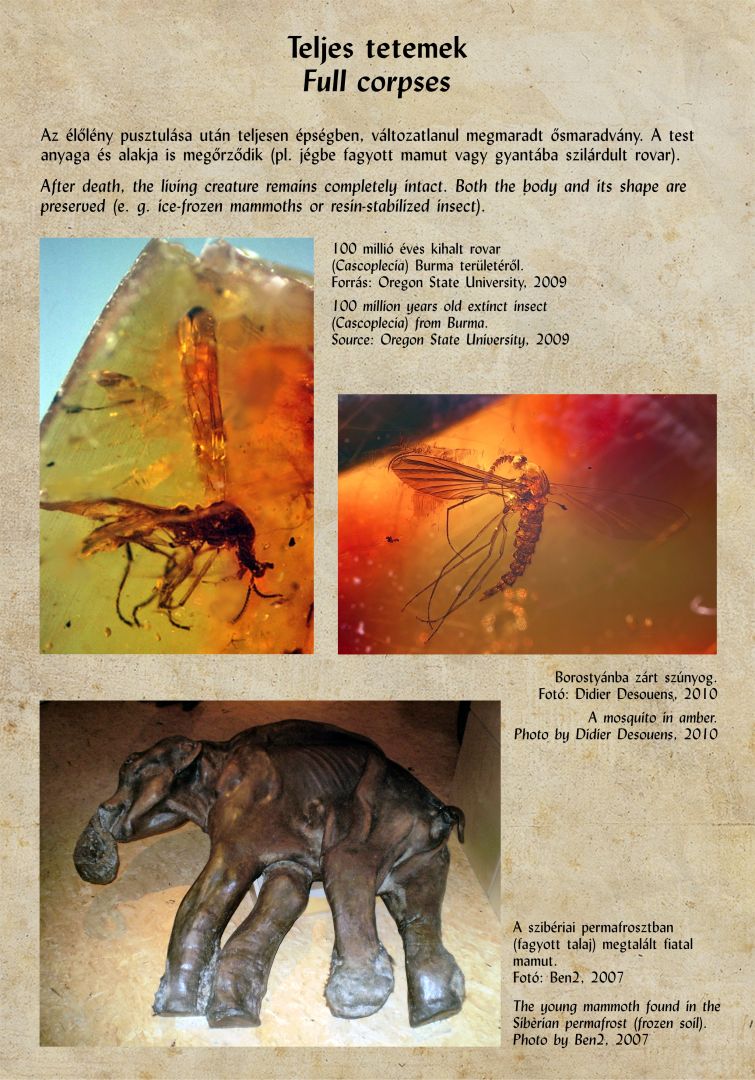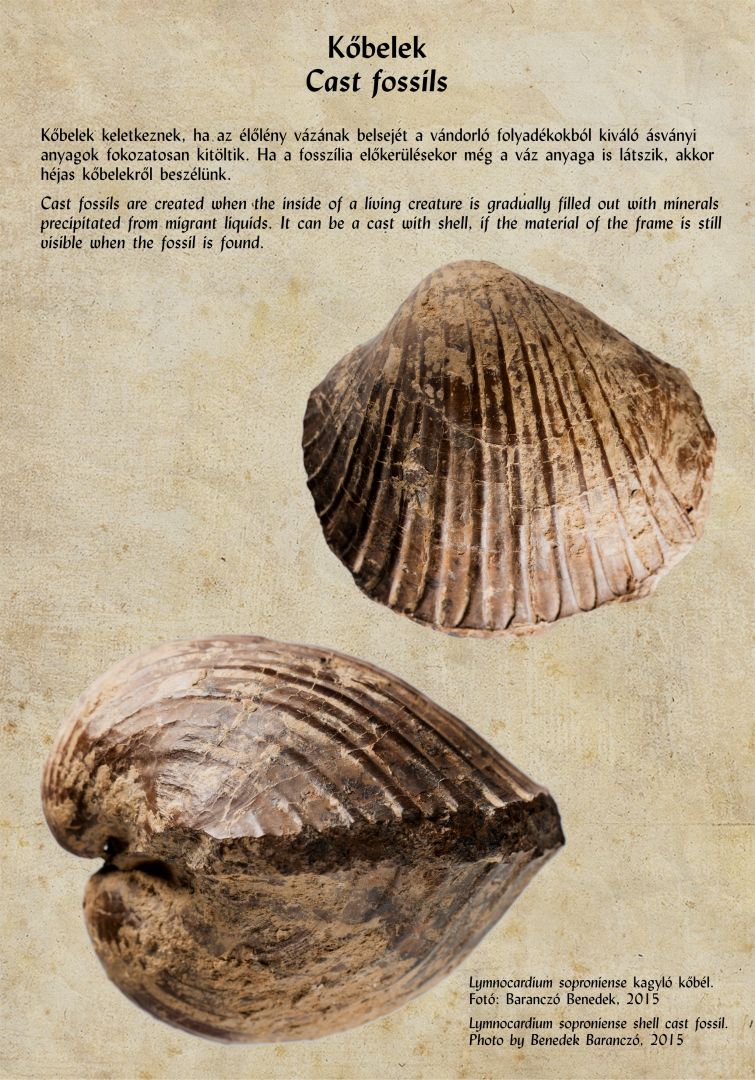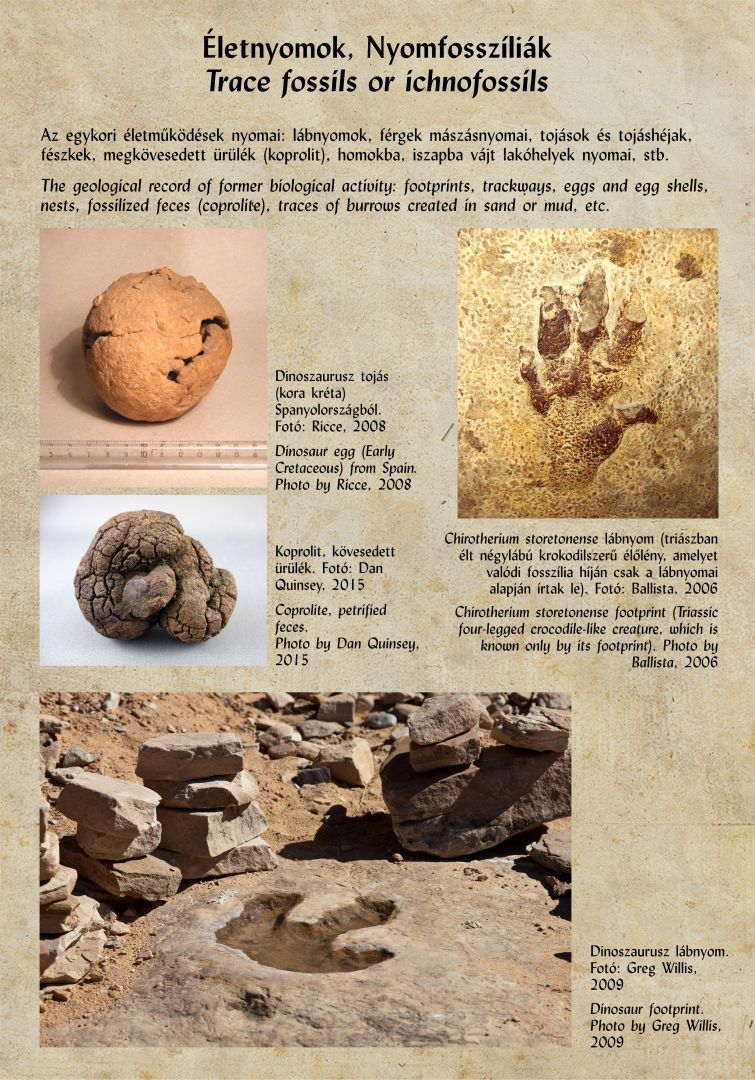ANCIENT ENVIRONMENT, FOSSILS, REPRODUCTION, DIET, BODY
Fossilization
Fossils, keys to the past
Fossils are parts or traces of prehistoric animals, which lived at a time in the Earth’s history, and the remains of which conserved in some way. The process of becoming a fossil is called fossilization, which requires a considerable amount of luck. All the fossils ever formed are called the fossil record or fossil documentation. The oldest structured fossils are 3.5 billion years old, and created from stromatolite (ancient algae). 3.8 billion year old hard coal strata, which even older, preserves the earliest known signs of life on earth today.
Frequency of fossils
After death, most creatures begin to decompose rapidly. In order for an organism to fossilize, it should freeze or dry within a short time, or it should be buried in sediment, resin or in other material that will seal it from the outside world. Fossils of the finest state are created when a corpse is placed in an oxygen and bacteria free medium, which results in an extremely slow decomposition process.
Full corpses
After death, the living creature remains completely intact. Both the body and its shape are preserved (e. g. ice-frozen mammoths or resin-stabilized insect).
Cast fossils
Cast fossils are created when the inside of a living creature is gradually filled out with minerals precipitated from migrant liquids. It can be a cast with shell, if the material of the frame is still visible when the fossil is found.
